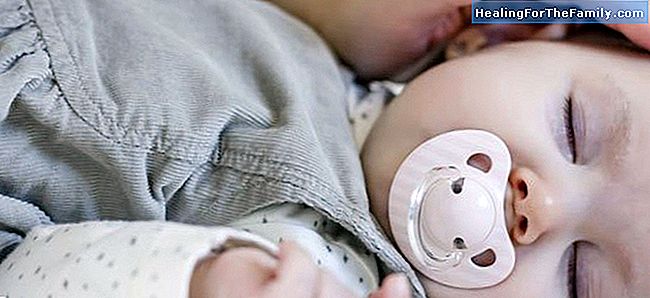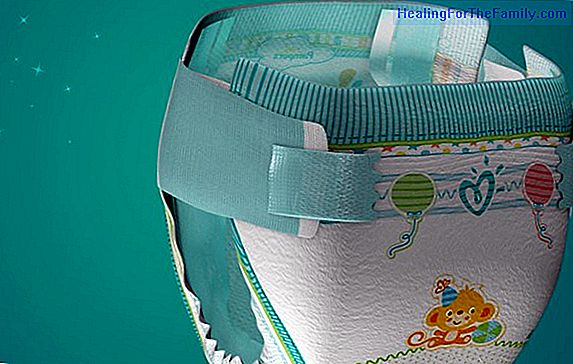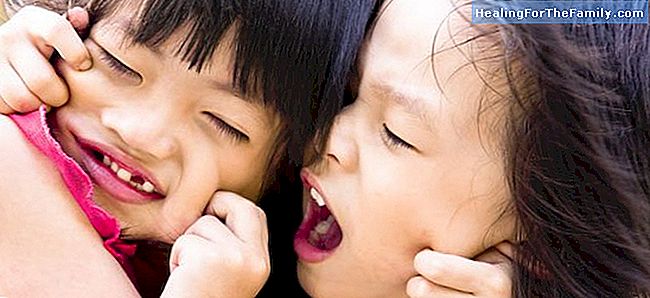What is plagiocephaly in babies
How should the baby sleep? Face up or face down? This is a very common question among moms and grandmothers in pediatric consultations. In 1992, the American Pediatric Association conducted an outreach campaign known as "Back to sleep," recommending placing the baby on his back to sleep, with scient
How should the baby sleep? Face up or face down? This is a very common question among moms and grandmothers in pediatric consultations. In 1992, the American Pediatric Association conducted an outreach campaign known as "Back to sleep," recommending placing the baby on his back to sleep, with scientific evidence that it prevented sudden death of the infant. As a result, according to some studies, mortality was reduced by up to 40% (this is a very important percentage), which made the campaign a success, and the recommendation is fully accepted and disseminated among pediatricians.
But this position when sleeping, face up, resulted in an increase in cranial deformities known as 'postural plagiocephaly', which has become a cause for concern among parents. The sutures (tissue that joins the bones of the skull) are open, unlike other pathologies such as craniosynostosis, more serious and complex, and requiring surgical treatment.
Causes of plagiocephaly in babies

In most cases, the cranial deformity is due to repeated baby posture in the crib. However, the pediatrician must rule out associated pathology, such as torticollis or neurological alterations that may cause the child to always look to the same side. In some cases, they require rehabilitation exercises.
There is no scientific evidence that demonstrates that postural plagiocephaly produces other alterations than cranial and / or facial deformity. Some authors postulate that there may be some relationship with mental retardation, temporomandibular asymmetry, otitis media, visual alterations, scoliosis or hip dislocation, but a causal relationship with plagiocephaly is not recognized.
The main specialists involved in the diagnosis and treatment of plagiocephaly are pediatricians, rehabilitators and pediatric neurosurgeons.
How to avoid cranial deformities in babies
To prevent the cranial deformity from occurring and to improve the deformities already established, some simple measures can be carried out: Pon 1. Put toys on the side opposite the plane, so that the head turns.
2. Place the crib in such a way that the child is stimulated and speaks from the opposite side to the flattening.
3. Babies usually direct their gaze towards the parents' bed, so that the direction in which the baby lies down can be changed, that is, the head of the cradle to the head and to the feet, alternating, so that the child every time he goes to bed on one side.
4. Allow the child to play on his tummy for the first 3-4 months, as long as he is awake and in the presence of the parents, to strengthen the cervical muscles.
Treatment of infantile plagiocephaly
When these preventive measures are not enough, and plagiocephaly is severe,
the option of a cranial orthosis , that is, the helmet, should be considered after 5 months.There are specialized orthopedics in this regard. They are used for about 22-23 hours a day to be effective, and the results are so good that it's worth the effort.












